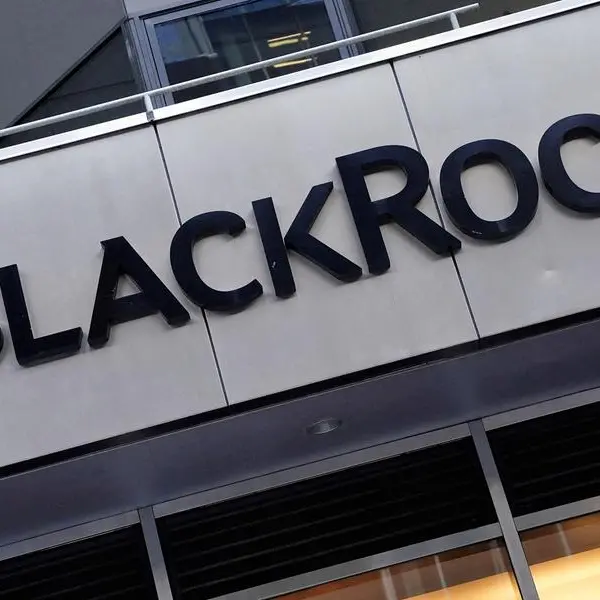To get to the heart of what P2P insurance really is, it’s worth going back to the very beginning of the insurance concept, because P2P insurance really does bring us full-circle back to insurance in its purest form.
Initially, before insurance really existed, the earliest forms of protection came in gentlemen’s agreements between, say, farmers. You’d have a group of five farmers who would agree that, if one farmer’s barn burnt down, the other four would help him rebuild it. It was a barter deal that offered some sort of compensation if something happened to your property – so long as you were willing to put in the effort should something happen to one of your colleagues. It wasn’t quite insurance, but you could see the beginnings of something there.
As these gentlemen’s agreements grew larger, and with the advent of currency, it soon became clear that there was a more efficient way of doing things. People set up societies with their friends and colleagues, with everyone paying a certain amount into a mutual fund every month or year. Now, if something happened to your barn, the money from that fund would be used to rebuild it. That’s what insurance is, right? Spreading the losses of the few across the many.
But the critical thing here is that there was little to no motivation for overstating your claim to the fund, because any unused money from the fund would be distributed back to its members. And the members were all close friends, work colleagues and families. If you overstated your claim, taking more money than you needed, you (and everyone close you) would lose out on the day of the payout. As a result, you’d only claim when you really needed to, because there was a social pressure to ensure everyone had their fair share of the fund.
And so it went for a long time – funds were created across industries for a range of protections. You had fire societies, which would offer fire-fighting services if your house was burning down; you had building societies, which would partake in collective banking and offer protections on financial losses. You had societies for everything, and they were all made up of people who felt that social pressure to not mess around with the group’s money.
Things changed when the first insurance companies – as we know them today – came along. The insurance firms offered the same services as these societies did, but their aim was to take the left-over money and keep it for themselves as profit. There’s nothing wrong with that, of course – the profit motive behind the concept allowed insurance to expand much more quickly, and it lead to the development of the modern industry.
But there was a problem in that it left the industry open to abuse. Whereas before, there was a societal pressure not to overstate a claim, the advent of for-profit, faceless insurance companies meant that, suddenly, people didn’t really mind exaggerating what they were owed. After all, who would lose out? Not your friends or family, but a private organisation with bundles of cash at its disposal.
To this day, the insurance industry struggles with this. Insurers cottoned on pretty quickly that they were having to pay out more than they should, so to protect their profits, they simply passed the costs onto their customers. As a result, the cost of insurance rose for everyone.
Modern-day peer-to-peer insurance seeks to redress this by bringing that societal pressure not to overstate a claim back into the mix. The way it works is that you and, say, nine other friends buy similar policies, paying the same amount each. One part of the total goes to buying insurance, while the other part is kept in a fund. If someone makes a claim, the excess is taken out of that fund. And then at the end of the year, whatever’s remaining gets returned back to you and your friends. Of course, it’s a little more complex than this, but that’s about the size of it. Under such an arrangement, you’re heavily incentivised to not exaggerate a claim.
And because of that, you’re much more likely to get a better deal on your insurance. Insurers already recognise this, and they’re giving P2P insurance funds better rates because of it. In Germany, Friendsurance boasts some of the best rates for top-of-the-line coverage, and it’s the same story in the United States with Lemonade, which provides homeowner and renter insurance.
In the Middle East, we’re a long way away from seeing anything like Lemonade and Friendsurance, thanks in no small part to technological and regulatory limitations. Indeed, the best route I can see to P2P insurance in this region is through comparison sites, which are already building the technological bridges required for consumers and insurers to interact at such a complex level.
Let’s be clear, though, while P2P insurance is only just becoming a talking point, it really does hold promise due to its ability to save both consumers’ and insurers’ money. And if either of those two groups have shown us anything, it’s that they both like saving money.
Any opinions expressed here are the author’s own.























